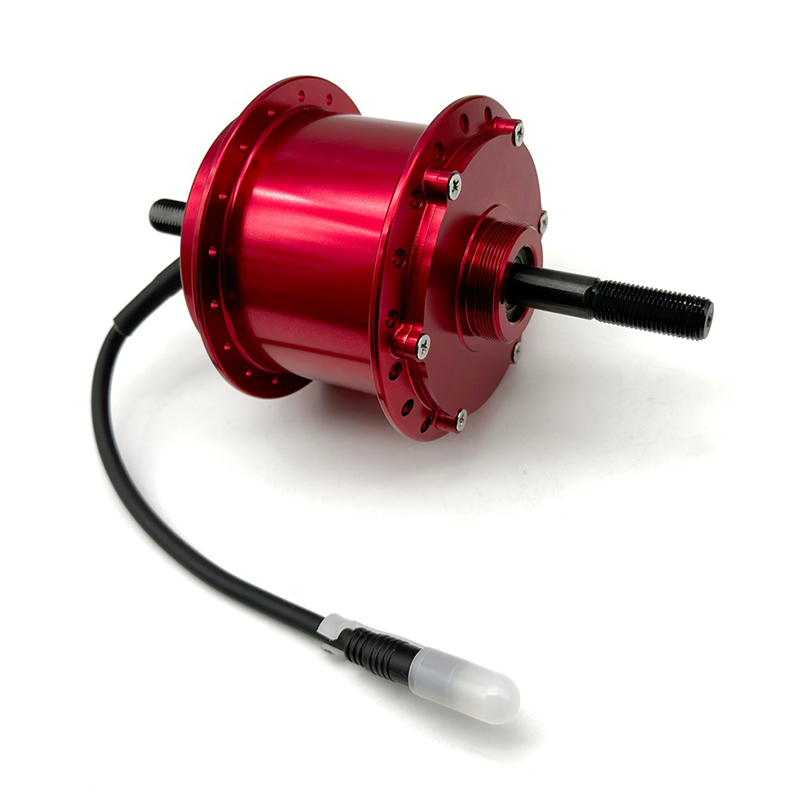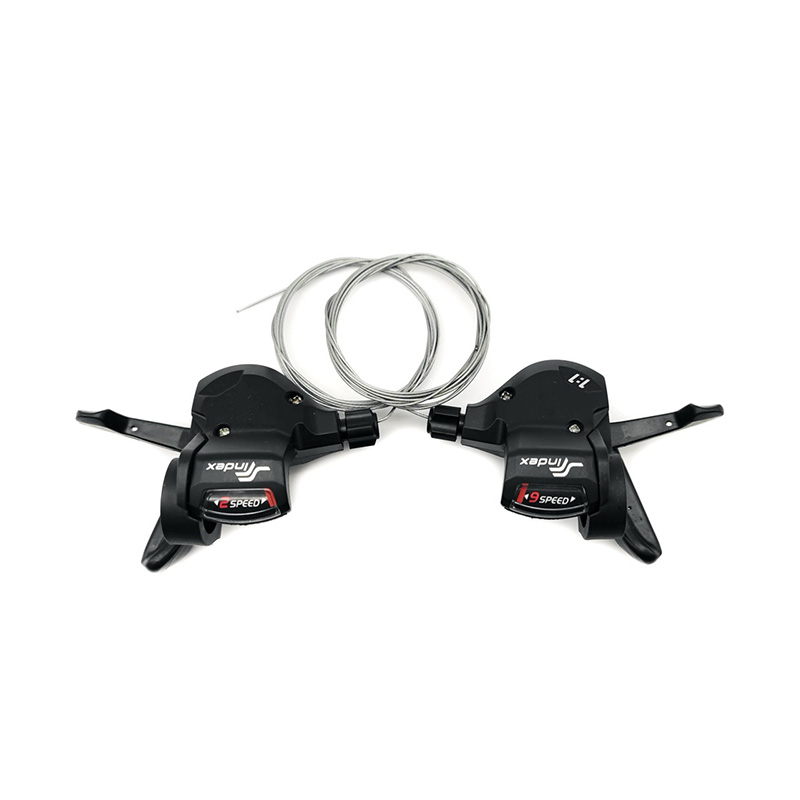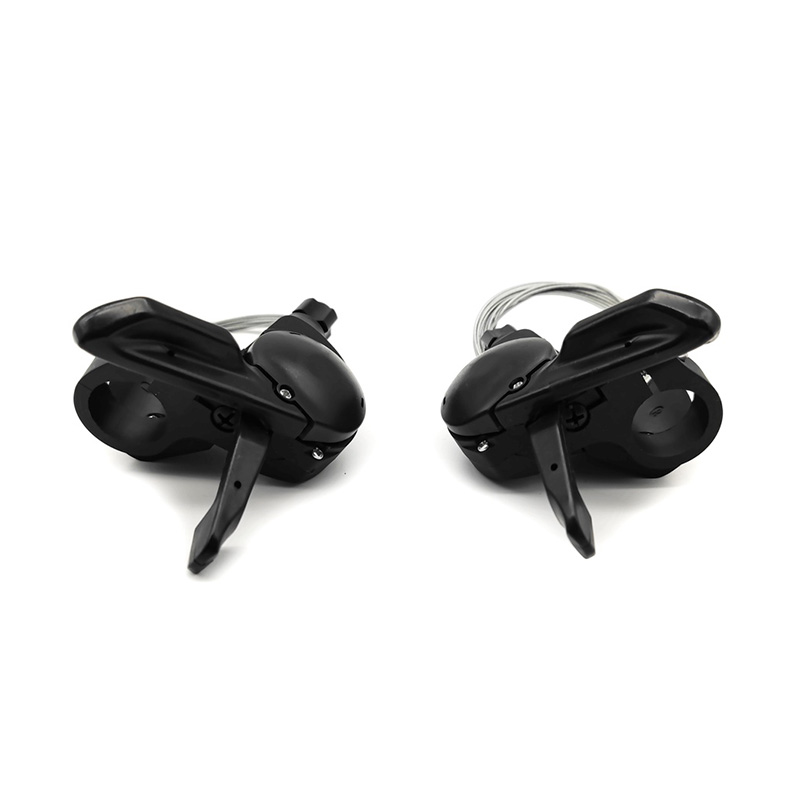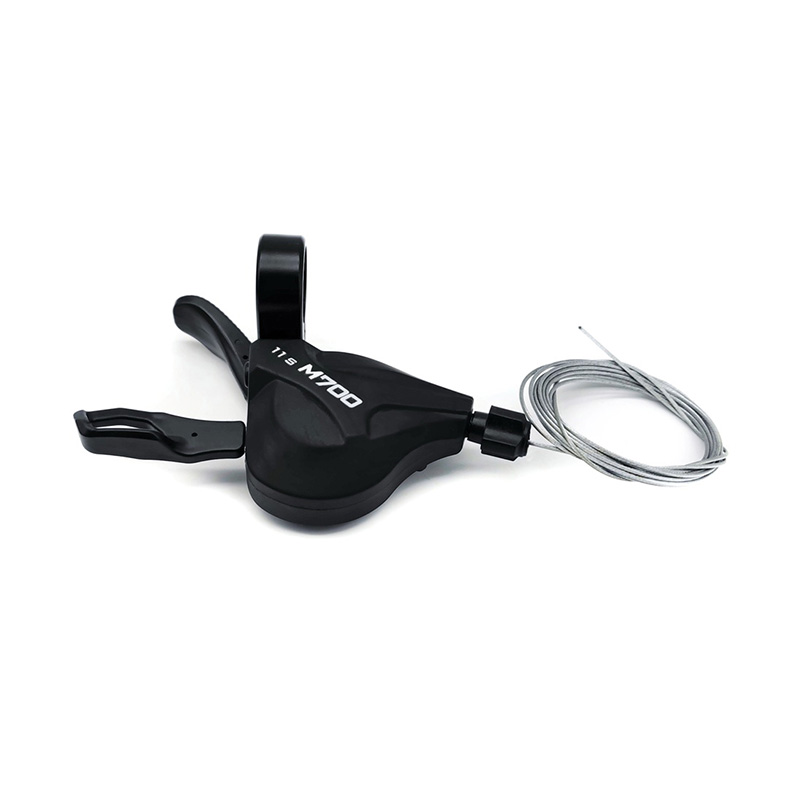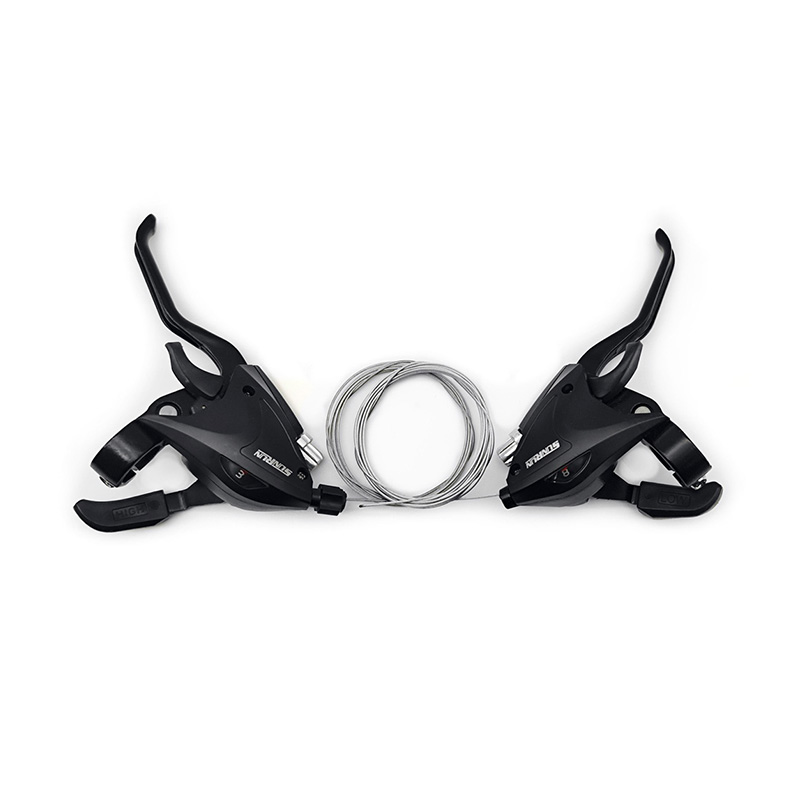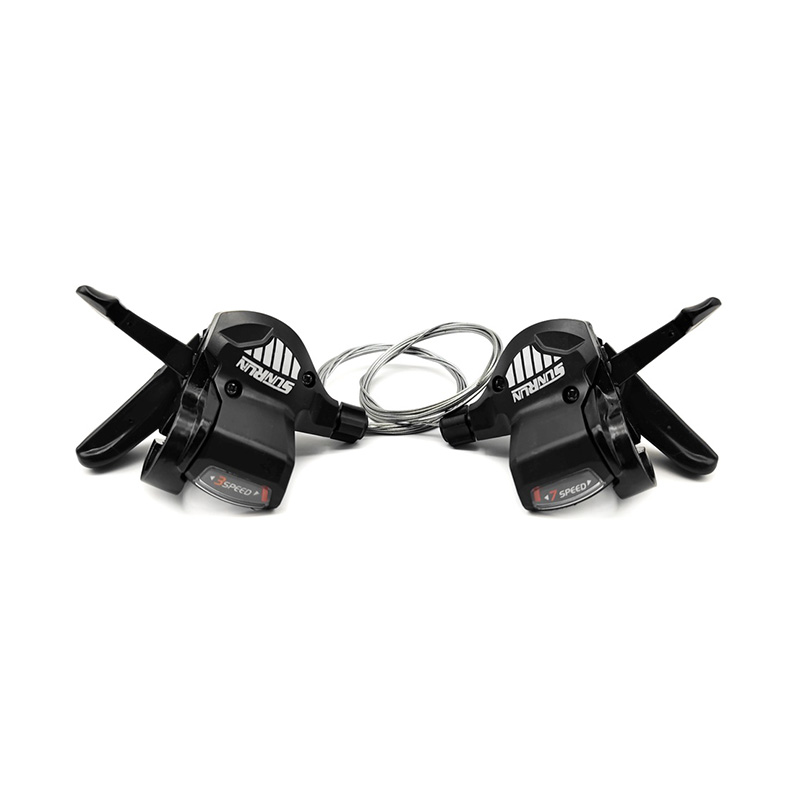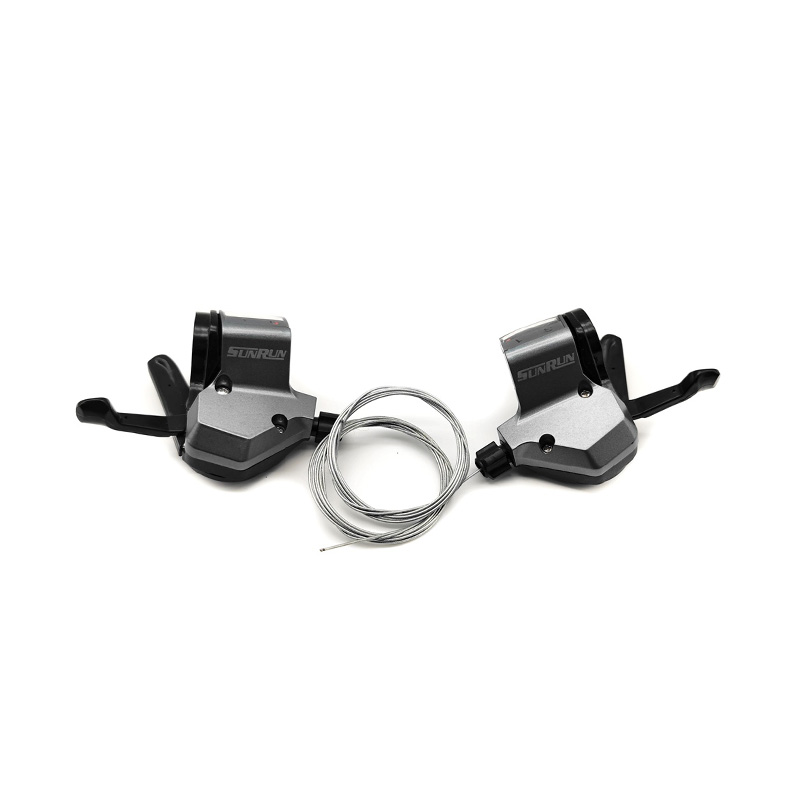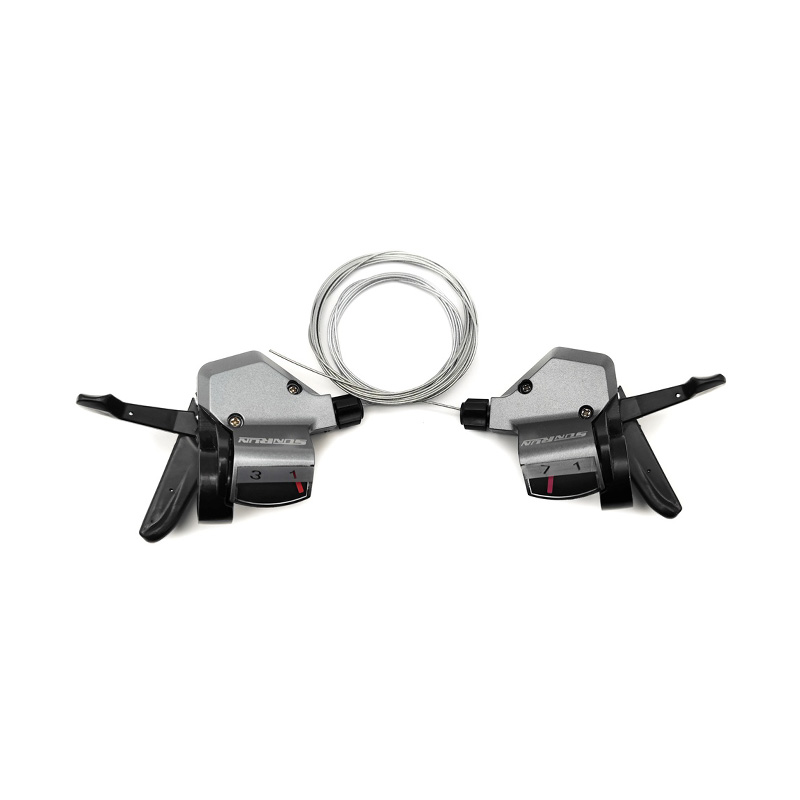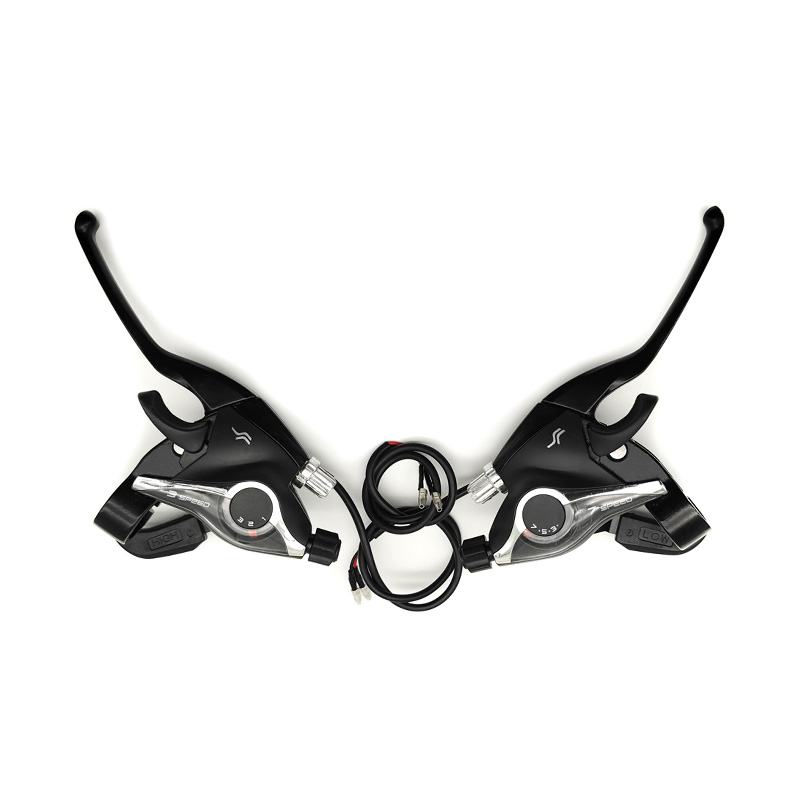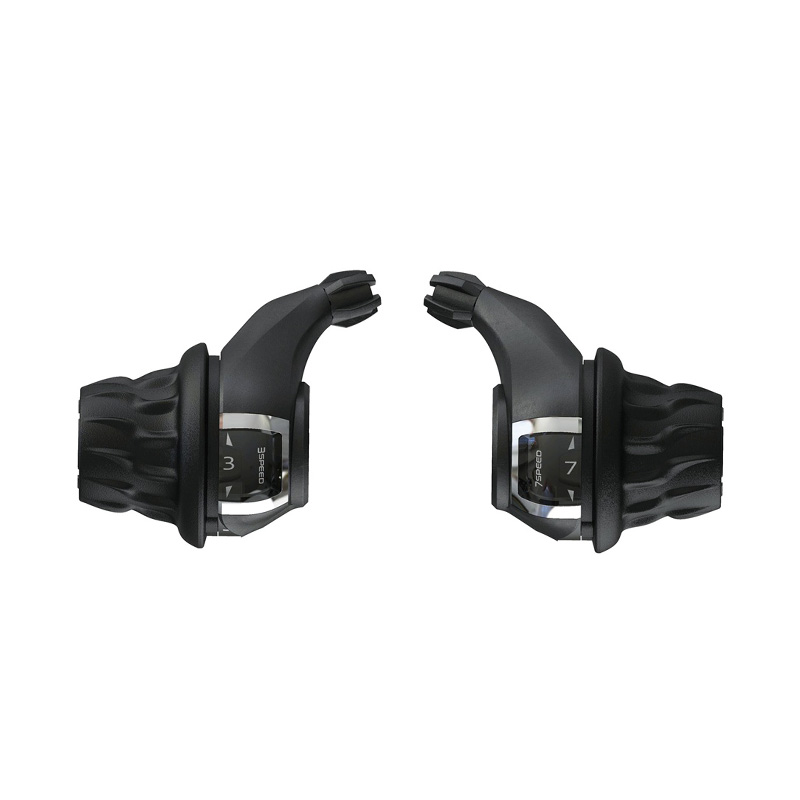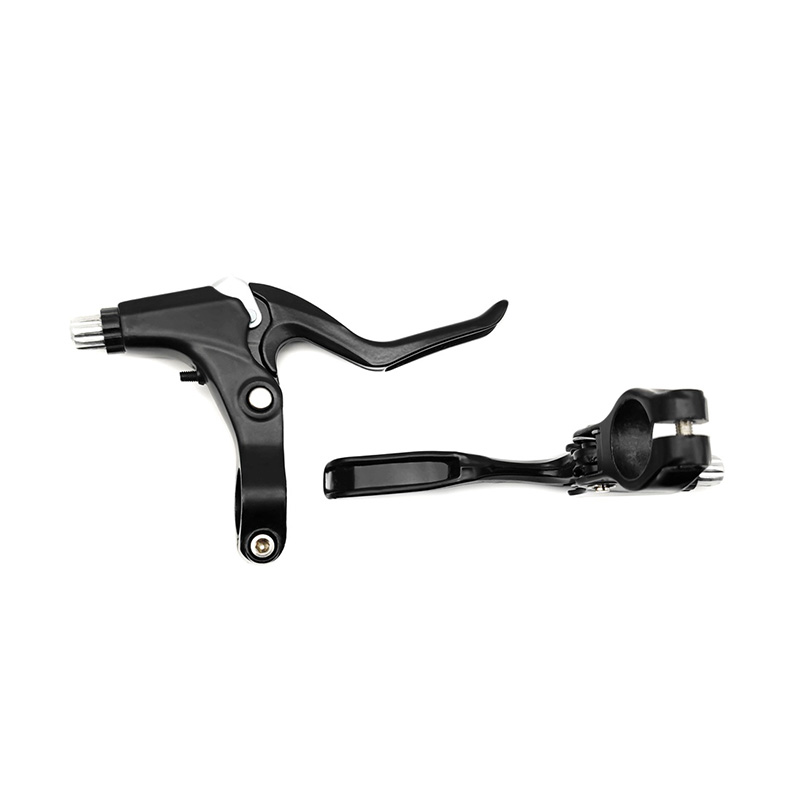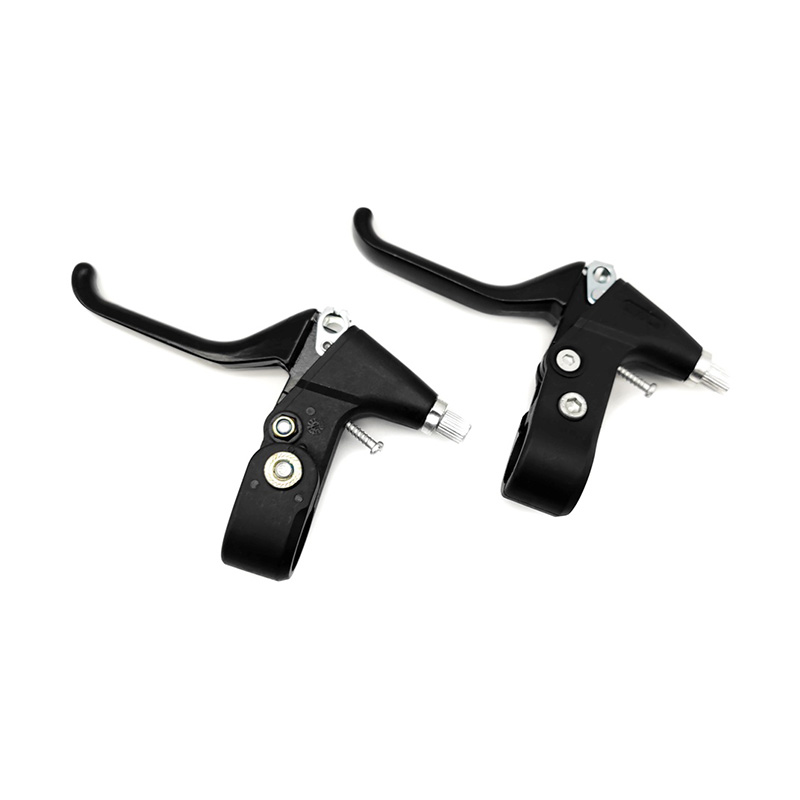In modern bicycle design, the rear derailleur is an indispensable part of the transmission system. It not only bears the heavy responsibility of transferring the chain from the front derailleur to the rear wheel, but also helps the rider to flexibly switch gears under different road conditions through the speed change mechanism, thereby improving riding efficiency and comfort. Whether it is a mountain bike, a road bike, a folding bike, or a gravel bike, the rear derailleur plays a vital role.
The rear derailleur is one of the core components of the bicycle transmission system. Its main function is to receive the chain from the front derailleur and then guide it to the corresponding gear of the rear wheel. By pulling the speed change cable, the rear derailleur can achieve multi-gear switching, allowing riders to switch freely under different speeds and resistance conditions, so as to adapt to complex road conditions such as mountains, flat roads, and slopes.
In daily riding, the performance of the rear derailleur directly affects the smoothness of the speed change and the stability of the chain. A high-quality rear derailleur can not only improve riding efficiency, but also effectively reduce chain wear and the failure rate of the transmission system.
Rear derailleurs are widely used in many types of bicycles, including:
Mountain bikes: Mountain bikes are usually equipped with multi-speed transmission systems (such as 18-speed, 21-speed, 24-speed, 27-speed, etc.) to cope with complex and changeable terrain. Mountain bike rear derailleurs usually have stronger impact resistance to adapt to frequent chain jumping and bumpy road conditions.
Road bikes: Road bikes pursue speed and efficiency, and are usually equipped with fewer but more sophisticated transmission systems (such as 7-speed, 8-speed, 9-speed, 10-speed, etc.). The design of road bike rear derailleurs focuses more on lightweight and precise shifting.
Folding bikes: Folding bikes usually use medium-speed rear derailleurs, taking into account portability and practicality.
Gravel bikes: Gravel bikes are between mountain bikes and road bikes, and rear derailleurs usually have strong durability and adaptability.
In addition, rear derailleurs also support multiple operation methods, such as eye shift, hook shift, finger shift, etc., to meet the operating habits of different riders.
Modern rear derailleurs are constantly optimized in design and function to meet the needs of different riders. The following are its main features:
Strong compatibility: The rear derailleur can be adapted to a variety of models and speed ratios, such as 6-speed, 7-speed, 8-speed, 9-speed, 10-speed, 11-speed, 12-speed, 18-speed, 21-speed, 24-speed, 27-speed, etc., to meet the needs of different riding scenarios.
High strength: Made of high-strength aluminum alloy or steel materials to ensure stability and reliability under complex road conditions.
Chain fixing measures: Some models are equipped with chain fixing devices to prevent the chain from hitting the drive side rear fork during bumps, improving safety.
Protector design: Some rear derailleurs are equipped with protective covers to prevent external impact or wear and extend service life.
Precise shifting: A smoother shifting experience is achieved by optimizing the tension of the shifting cable and the guide wheel design.
In order to improve the riding experience and safety, the rear derailleur usually needs to be used with the following accessories:
Rear derailleur protector: Prevent the rear derailleur from being hit or scratched.
Shift cable: used to connect the front and rear derailleurs to ensure smooth shifting.
Eye/hook shift: used to operate the shifting to improve the convenience of control.
Finger shift: suitable for high-end models, providing a more precise shifting experience.
For users who need to purchase in large quantities, the market provides a variety of models and speed ratios of rear derailleurs, supporting wholesale purchases. Whether it is a bicycle shop, repair shop, or cycling club, you can get more information by posting an inquiry form and choose the most suitable product.
Technical parameters and application scenarios
| Parameters | Description |
| Speed ratio range | 6 to 27 speeds, or even higher |
| Material | Aluminum alloy, steel, etc. |
| Installation method | Supports multiple operation modes such as eye shift, hook shift, finger shift, etc. |
| Application scenario | Suitable for mountain bikes, road bikes, folding bikes, gravel bikes, etc. |
In order to extend the service life of the rear derailleur, it is recommended to perform the following maintenance regularly:
Check the coordination between the chain and the rear derailleur to ensure smooth shifting.
Clean the surface of the rear derailleur regularly to prevent dust and dirt from affecting performance.
Lubricate the shift cable and guide wheel to ensure smooth shifting without jamming.
Avoid using it in extreme weather, such as rainy days, snowy days, etc., so as not to affect the service life.
As a key component of the riding experience, the performance and design of the bicycle rear derailleur directly affect the riding comfort and safety. By understanding the types, functions and maintenance methods of the rear derailleur, riders can better choose and use the rear derailleur that suits their needs and improve the riding experience.

 中文简体
中文简体 English
English
